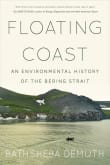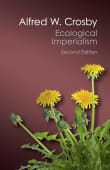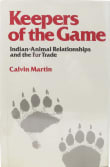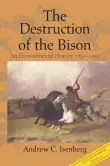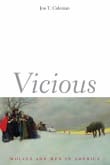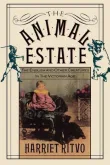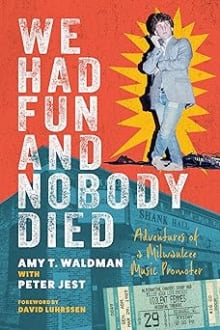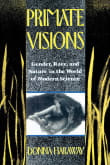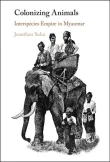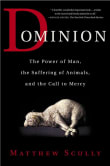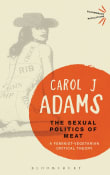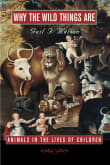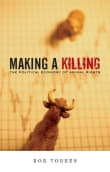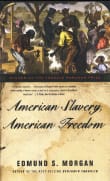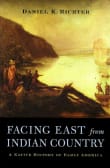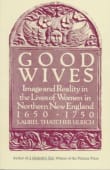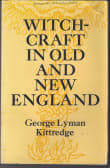Creatures of Empire

Book description
When we think of the key figures of early American history, we think of explorers, or pilgrims, or Native Americans-not cattle, or goats, or swine. But as Virginia DeJohn Anderson reveals in this brilliantly original account of colonists in New England and the Chesapeake region, livestock played a vitally important…
Why read it?
2 authors picked Creatures of Empire as one of their favorite books. Why do they recommend it?

Anderson examines how domestic animals played into English colonization of the Chesapeake and New England in the seventeenth century.
She shows how the English conceptions of the natural world, which clashed with Native American visions, directed their territorial expansion. At the same time, the new environment transformed the English methods of livestock husbandry.
I learned from this book how to discern the role of animals in even the most commonplace legal arrangements. For example, legislation related to damages done by free-ranged cattle raised fundamental questions about the ownership of nature.
From Shira's list on getting familiar with multispecies history.

Anderson’s book is, in many ways, an elaboration on Crosby’s Ecological Imperialism. But Creatures of Empire extends this earlier thesis to reveal how Europeans’ reliance on livestock as carriers of colonization resulted in unintended consequences and missed opportunities. Anderson’s work showed me how animals could act as both facilitators and obstacles to European “civilizing” work in the New World. What I find particularly interesting is Anderson’s detailed descriptions of how the American environment changed domestic animal behaviors and appearances. She gives European creatures credit for moving the colonial story in new directions without going too far into speculations about…
From Andrea's list on early America’s beastly nature.
Want books like Creatures of Empire?
Our community of 12,000+ authors has personally recommended 100 books like Creatures of Empire.
